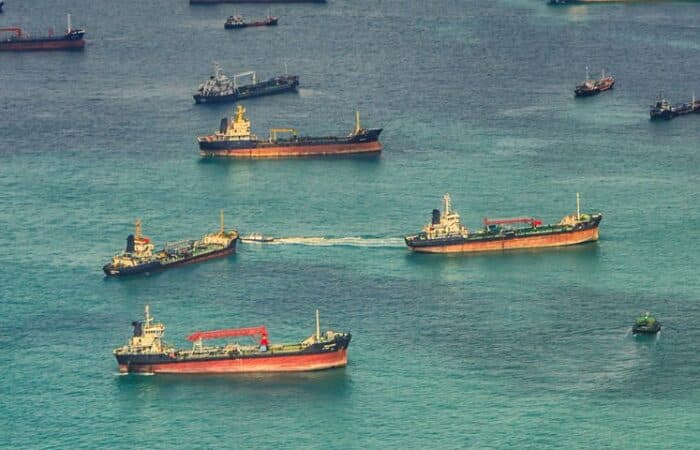Organization Defined Risk (ODR)
What is Organization Defined Risk (ODR)?
Organization Defined Risk (also known as “ODR”) from Windward sets a new standard for maritime risk management as the first fully configurable risk type. Organizations can now independently define and configure behavioral indicators that fit their unique business, mission and risk requirements, and apply them across behavioral and list screening data sets.
The possibilities are endless. Organizations can define that all vessels that called ports in a specific country during the past year will be flagged as a “moderate risk,” or define an indicator for vessels approaching areas of interest following a course deviation. If an organization sees a behavior pattern as potentially risky or beneficial for growth, it can now define and track it as such.
The Risk Management Landscape is Becoming More Complex
The global shipping operations risk landscape has undergone a profound transformation since 2022. Russia, the most sanctioned country globally, ushered in an era of unprecedented challenges for the maritime industry. There was an increase in vessels being bought and sold, front organizations were established, and dark and gray fleets emerged to help Russia circumvent the bans and regulations imposed on it.
The gray and dark fleets are composed of vessels that pose a legitimate risk due to hard-to-detect activities related to attempts to smuggle wet cargo from Russia. This sets up a “cleared vs. risky” dynamic for maritime organizations.
With the regulatory and geopolitical landscape constantly changing – such as the Iranian and Houthi attacks and hijackings, U.S. sanctions against Venezuela, and much more – protecting your reputation and staying on top of evolving risk is crucial. These changes have spurred an increase in guidance documents and advisories to incorporate clarity into the evolving maritime framework.
Risk management can help you stay ahead of bad actors and emerging global threats to quickly identify maritime anomalies, better strategize, and clear more business opportunities.

Customization vs. Configurability
- Customization enables users to modify and personalize predefined settings, such as the look-back periods, the risk regimes in the system, or hot spots for illegal, unreported, and unregulated ( IUU) fishing. They receive a set list of options and can personalize them.
- Configuration is the process of defining those settings and parameters, such as a specific area with specific indicators, to be monitored over a specific period.
By allowing for the definition of risk according to an organization’s risk appetite, rather than solely adhering to regulations or global trends, configuration offers a more nuanced and effective approach to risk management. This shift aligns risk strategies more closely with organizational objectives and enhances the agility and responsiveness of entities navigating the complex risk landscape.
By configuring and defining parameters, entities can ensure that their risk management strategies perfectly align with their operational and strategic risk mitigation and growth objectives. This enhances decision-making capabilities, equipping organizations to integrate various risk and behavioral indicators to make data-based, strategic decisions.
What are the Risk Management Benefits of ODR?
- Tailored risk assessment: easily define and apply individual risk parameters to align with various company needs, scenarios, industries, and/or teams
- Enhanced decision-making: integrate various risk indicators, for example, intersectional indicators, to make data-based comprehensive decisions
- Competitive edge: demonstrate a proactive and sophisticated approach to risk thresholds according to various needs, generating new business opportunities
- Unparalleled visibility: nominate local/specific risk profiles, as opposed to only global risk indicators, to gain immediate insight into the risk you care about






